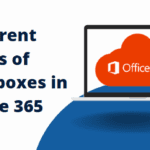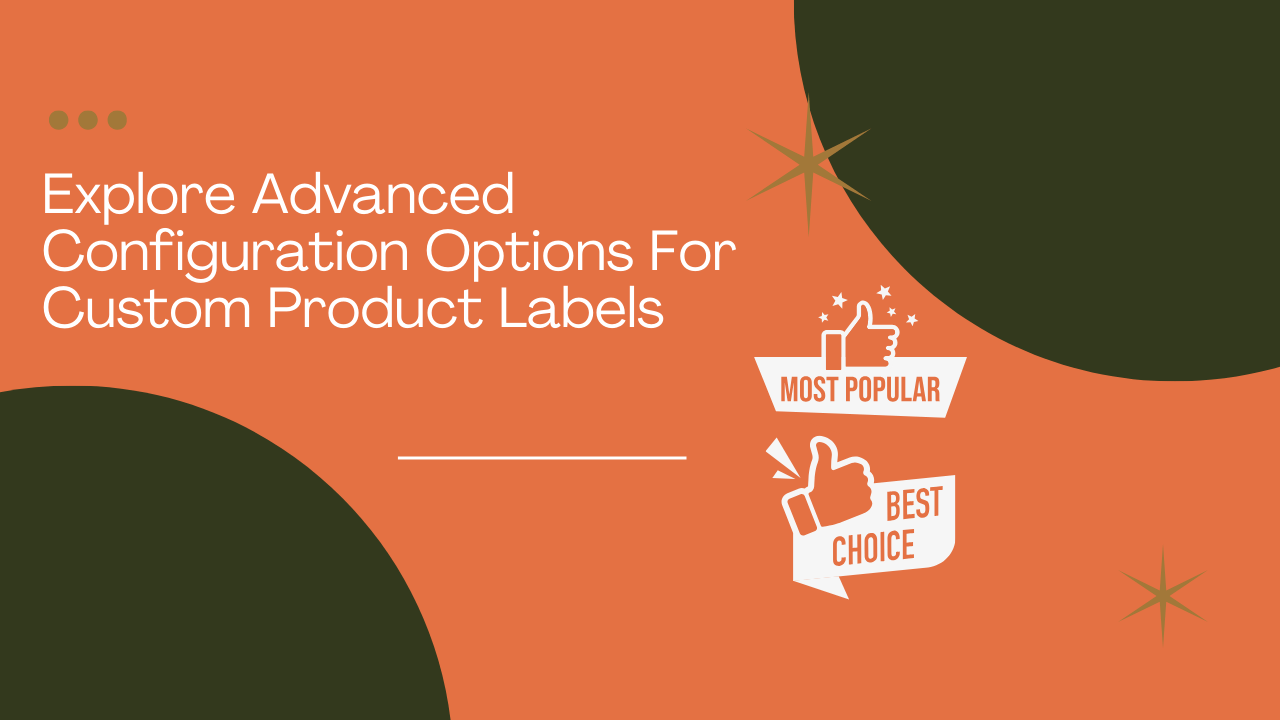In the dynamic realm of product presentation, where consumer choices are abundant and attention spans are fleeting, the impact of custom product labels cannot be overstated. As brands strive to carve a distinctive identity and leave a lasting impression on the minds of consumers, the need for advanced configuration options for custom product labels becomes paramount. Beyond the basics of design and information, these advanced options open up a realm of possibilities to not only catch the eye but to convey brand personality, enhance product visibility, and drive customer engagement.
In this exploration of advanced configuration options for custom product labels, we delve into a spectrum of innovative techniques and strategies that go beyond the conventional. From the dimensions and shapes of labels to the choice of materials, printing techniques, and interactive elements, this journey aims to equip brands with the knowledge and inspiration to elevate their product labeling game. Let’s embark on a journey where creativity meets functionality, where labels cease to be merely informative and transform into powerful ambassadors of brand identity. Welcome to the world of advanced configuration options for custom product labels, where each label tells a unique story and leaves an indelible mark in the competitive landscape of retail.
1. Label Size and Shape: Customizing Dimensions for Impact
In the world of Custom Product Labels For Magento 2, the size and shape of your label are not merely practical considerations; they are powerful design elements that can significantly impact how your product is perceived on the shelf. Customizing dimensions goes beyond the standard and opens the door to a realm of possibilities where every label becomes a work of art, strategically crafted to make a lasting impression.
Unconventional Shapes: Beyond Rectangles
Gone are the days when product labels were confined to the limitations of rectangular forms. The era of creative freedom has ushered in a wave of unconventional shapes that break away from tradition. From elegant curves to playful asymmetry, these shapes not only capture attention but also redefine the visual language of your product. Beyond rectangles lies a world where innovation meets design, and your product label becomes a unique statement that stands out amidst the uniformity of the ordinary. Explore the possibilities, embrace the unexpected, and let your label shape the narrative of your brand.
2. Printing Techniques: Elevating Aesthetics and Precision
In the realm of custom product labels, the choice of printing techniques is a pivotal decision that goes beyond mere reproduction; it becomes an art form. Two distinct approaches stand out, each offering a unique set of advantages in terms of aesthetics, flexibility, and precision.
Embossing, Debossing, and Foil Stamping
Embossing, debossing, and foil stamping are techniques that add a tactile and visual dimension to product labels. Through embossing, elements are raised, creating a textured and three-dimensional effect. Debossing, on the other hand, presses elements into the label, providing a subtle yet sophisticated appearance. Foil stamping introduces a touch of metallic brilliance, enhancing the label with a luxurious finish. Together, these techniques offer a tactile and visually stunning way to elevate the perceived value of your product.
Digital Printing: Flexibility and Precision
In contrast to traditional methods, digital printing offers a modern and flexible approach to label production. This method is characterized by its ability to reproduce intricate designs with exceptional precision. Digital printing allows for the incorporation of variable data, making each label unique if desired. Its adaptability is particularly advantageous for shorter runs and situations where rapid prototyping and customization are essential. With digital printing, your labels can embrace the full spectrum of colors and intricate details, providing a dynamic and visually striking representation of your brand. Whether it’s the classic elegance of embossing or the modern precision of digital printing, the choice of printing technique becomes a crucial element in shaping the visual identity of your product.
3. Environmentally Friendly Options: Nurturing Sustainability
In a world increasingly focused on environmental responsibility, the choices we make in product labeling extend beyond aesthetics to the very materials and practices employed. Embracing environmentally friendly options is not just a trend; it’s a commitment to sustainable business practices and a contribution to a healthier planet.
Eco-Friendly Materials and Practices
The first pillar of environmentally friendly labeling lies in the selection of materials. Opting for eco-friendly materials involves choosing substrates that are either recycled or sourced sustainably. This choice extends to the inks used in printing, favoring those with minimal environmental impact. Beyond materials, eco-friendly practices include the optimization of production processes to minimize waste and energy consumption. This holistic approach ensures that every aspect of the label’s lifecycle is considered with environmental stewardship in mind.
Sustainable Labeling Choices
Sustainable labeling goes beyond the choice of materials; it encompasses the entire life cycle of the label. From the production process to the end-of-life disposal, sustainable labeling choices aim to minimize the ecological footprint. This could involve labels that are easily recyclable or compostable, reducing the environmental impact and promoting responsible consumer behavior. Sustainable labeling choices resonate with the growing eco-conscious consumer base and align your brand with a global movement toward a greener, more sustainable future.
4. Localization and Multilingual Labels: Bridging Borders and Cultures
In the interconnected global marketplace, the concept of localization extends beyond mere translation; it’s about tailoring your product to resonate with diverse audiences across the world. Multilingual labels are a powerful tool in achieving this, presenting an opportunity to connect with consumers in their language and cultural context.
Catering to A Global Audience
The strategic incorporation of localization in product labeling acknowledges the diversity of your consumer base. By tailoring labels to different languages, you not only break down language barriers but also demonstrate a commitment to inclusivity and cultural sensitivity. This approach enhances the overall customer experience, fostering a sense of connection between your brand and consumers regardless of geographical boundaries.
Multilingual Approaches for Diverse Markets
Multilingual labels go beyond translation; they consider cultural nuances, regional preferences, and the unique characteristics of diverse markets. Whether it’s adapting visuals, incorporating localized marketing messages, or ensuring compliance with regional regulations, multilingual approaches recognize the intricacies of each market. This tailored approach not only facilitates communication but also strengthens your brand’s global presence.
5. Testing and Prototyping: Crafting Precision for Optimal Impact
In the quest for perfection in product labeling, testing and prototyping emerge as indispensable stages in the design and implementation process.
Importance of Prototyping
Prototyping allows for a tangible representation of your label design before mass production. It serves as a critical checkpoint to evaluate the visual appeal, readability, and overall effectiveness of the label. Through prototyping, potential issues can be identified and addressed early in the design phase, saving both time and resources.
Testing Configurations for Optimal Results
Once the label design is finalized, testing configurations become pivotal. This involves assessing how the label performs in real-world scenarios, considering factors such as readability, durability, and adherence to packaging. Rigorous testing ensures that the label not only meets industry standards but also exceeds customer expectations, contributing to a positive and seamless user experience.
Conclusion:
In conclusion, advanced configuration options for custom product labels are not merely design choices; they are strategic investments in brand identity, consumer engagement, and market distinction. As brands continue to navigate the evolving landscape of retail, the labels they choose to adorn their products become more than identifiers; they become storytellers, leaving an indelible mark on the hearts and minds of consumers. The journey of exploration into advanced configurations is an ongoing one, where creativity meets functionality, and the ordinary transforms into the extraordinary. It’s time to craft labels that transcend expectations and set your brand on a trajectory of distinction in the competitive world of retail.
Author Bio:
Simon Walker is an eCommerce consultant and marketing professional with over 12 years of experience. Currently, he serves as the marketing manager at FMEextensions, a leading Magento development company, where he oversees strategic marketing initiatives and contributes to the company’s growth and success.










